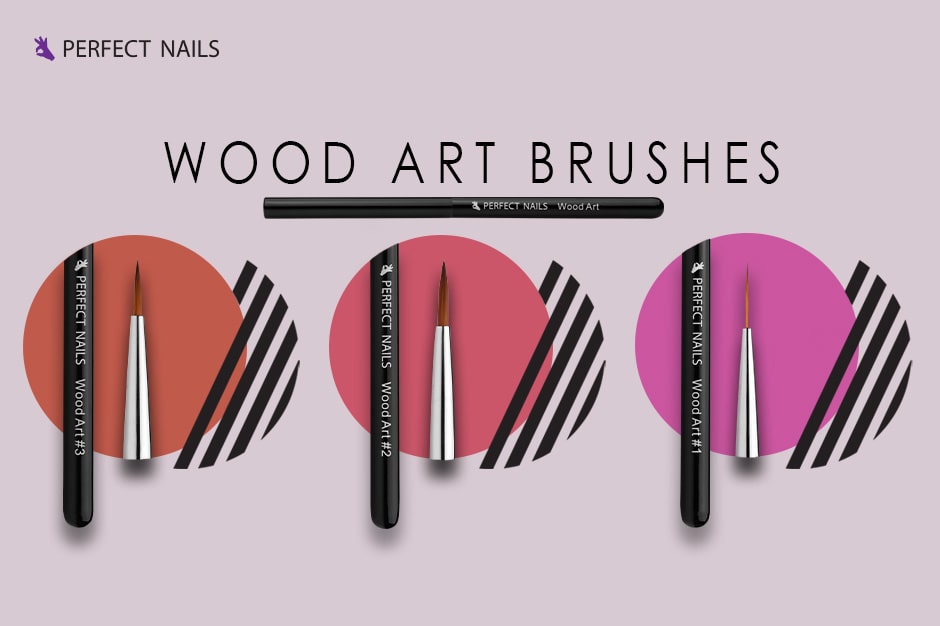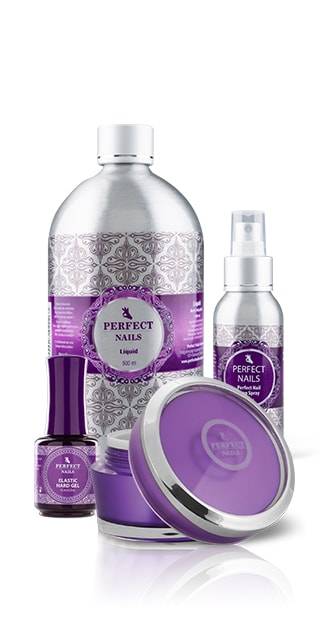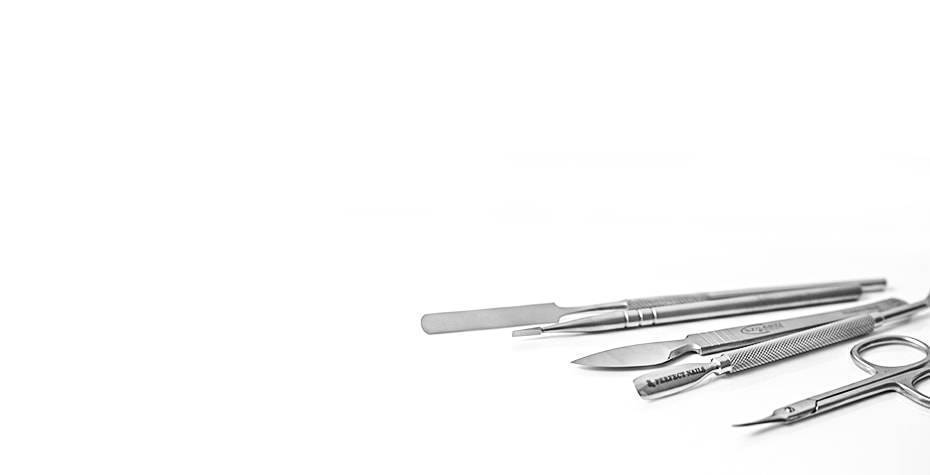Big brush guide: When to use which? – Part 2

After reviewing builder brushes, let's go through nailart brushes. The classification is similar to builder brushes:
- Bristle type: Synthetic or natural.
- Shape: Pointed, flat-cut, rounded, fan – to name a few.
Synthetic or Natural?
The classification by bristle type is similar but with a broader range for nailaer brushes. Synthetic brushes are mainly used for gels. They easily allow material to slide off, don't pull the material towards the ferrule, and are less vulnerable.
Natural hair brushes are rarely used for gel decorations but find their place in thin, mini brushes for extra small patterns. Natural bristles taper at the end, allowing for hair-thin lines. This bristle type is more suited for acryliuc decorations, acrylic painting, and watercolor/aquarelle paints, where the brush needs to absorb and release necessary liquids.
Shape – the Most Important Aspect
For nailart brushes, the shape of the brush primarily determines its usage. Here, we'll go through the six most popular types among the infinite possibilities:
1. Thin-bristle pointed brush with a cylindrical ferrule: Available in various lengths, typically thin with a thickness of approximately 1mm. Used for painting short and long thin lines (e.g., Short, Long, Medium). Ideal for creating contours, French smile lines, and small details.
2. Flat-ferrule, small triangular shape: Originally designed for 3D acrylic decorations, but also excellent for plastiline gels. Additionally suitable for gel painting and shading (e.g., 3D #2 brush).
3. Pointed-tip, cylindrical ferrule: Originally designed for watercolor/aquarelle painting, with a thick base for broader strokes and spreading watercolor. The pointed tip is used for fine details and contouring. Also useful for plastiline gels, gel painting and shading, wet-on-wet paintings (e.g., Aquarelle brush).
4. Flat-ferrule, straight or slanted cut: Ideal for one-stroke techniques, with thin edges and sharp corners for one-movement paintings (e.g., Diamond combo or One move #1 brush), whether using gel or acrylic paint techniques. The slanted version is occasionally used for French tip painting and smile line cleaning.
5. Flat-ferrule, rounded tip: The so-called "cat tongue" brushes (e.g., Nail Art Brush - Art & Paint) were initially designed for painting flower petals but are now used for any pattern. They allow painting with the flat belly, thin edge and their combinations, whether using painting gel or acrylic paint.
6. Ombre brush: A special brush with densely packed bristles at the base that gradually thins towards the end, facilitating the creation of ombre color transitions, especially for gel polishes. Additionally, it works well for blending glittery, effect gel polishes or gels.
As seen, there are many shapes, and by combining them with hair types and sizes, they can be used in various areas. Consider this as a guide and use them according to your creativity.
Author:
Évi Darabos
No posts found
Write a review- Nail drill guide – Which one would you choose?
- Unmissable gel nail polish collections in spring trend colors
- Big brush guide: When to use which? – Part 2
- Retro colors reimagined - The New 90’s
- Reverse tip guide - For even easier salon work
- Stand out from the crowd! - Top Model
- Problematic nails that pose challenges. Recommended techniques – Part 2
- New arrivals for spring
- HEMA-Free product line
- Dazzle your guests with the latest trend colors!
- What shades look good on your nails? – Part 1
- Social media – Tips and tricks
- Big brush guide: When to use which one? – Part 1
- Gel, acrylic, or acrylgel? Which one should I choose?
- Problematic nails that pose challenges. Recommended techniques – Part 1






